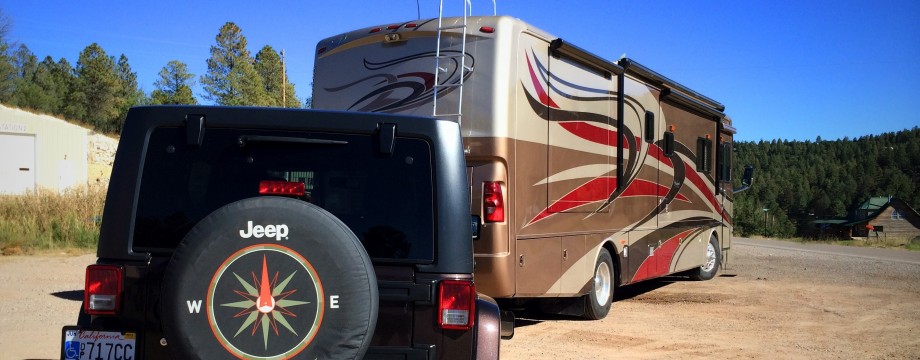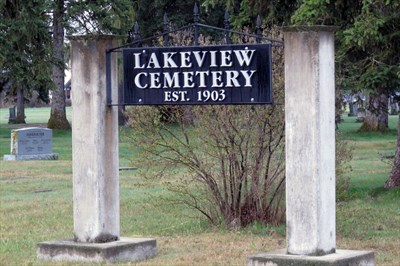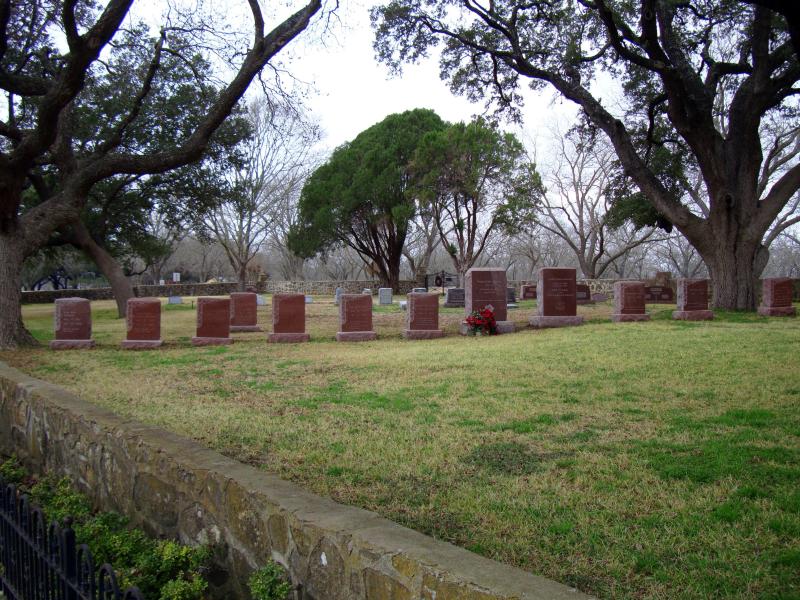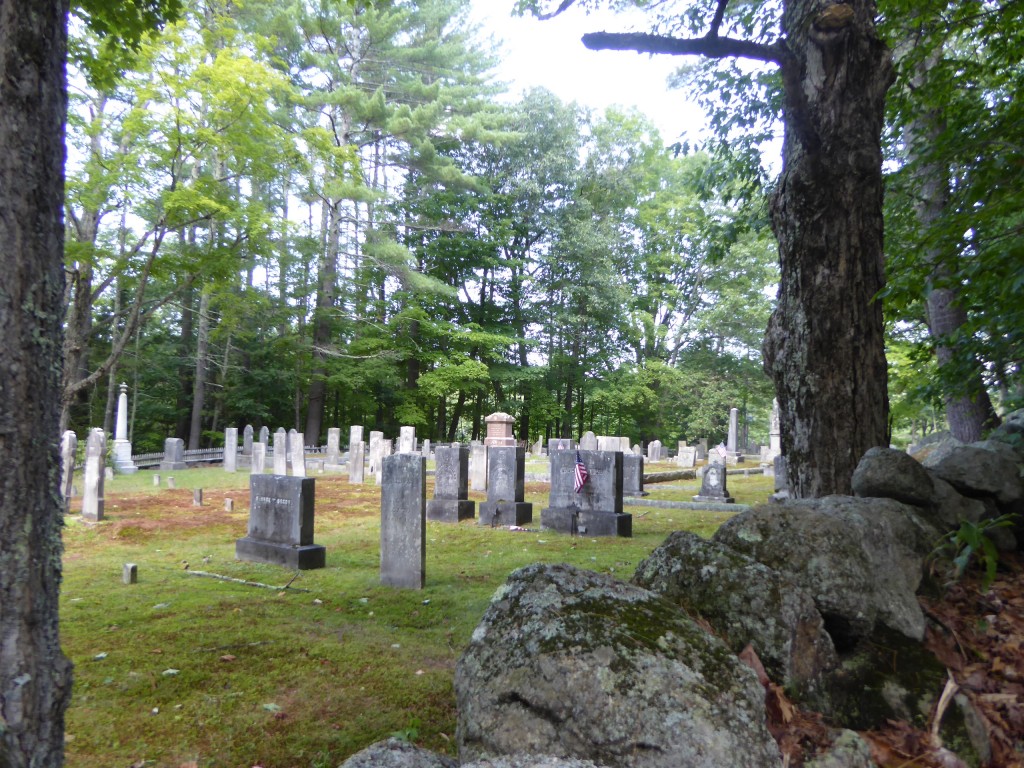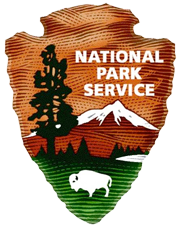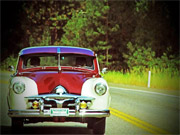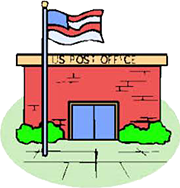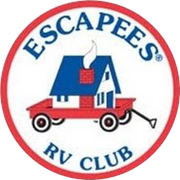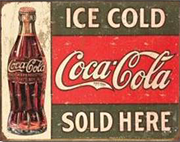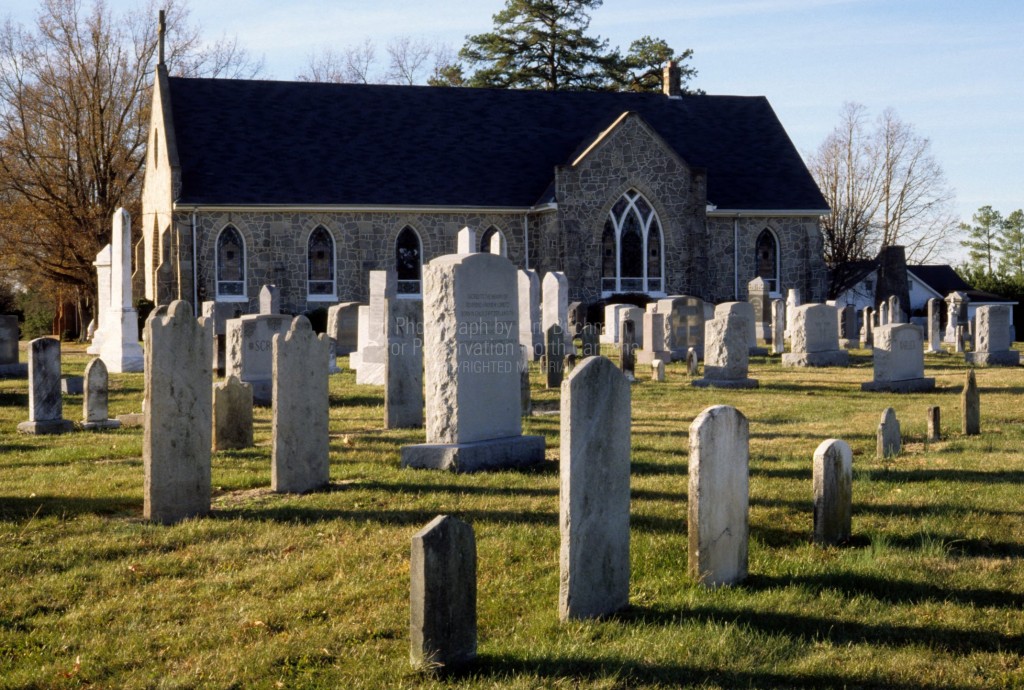
A church cemetery can offer fascinating details about an area’s religious practices and beliefs in the past.
HISTORY WRITTEN IN STONE. As some of you know, Florence and I enjoy exploring old cemeteries. One can learn quite a bit of local history by taking a self guided tour in these solemn places. Headstones are often elaborate and offer meaningful glimpses into the lives and activities of the deceased and of the times in which they lived. There are tragic stories to be “read” about children who died at very young ages, back in the days when infant mortality was very high. Other headstones offer stories that leave us mystified and some even have made us chuckle.
CEMETERIES ARE OUTDOOR MUSEUMS. A cemetery is an outdoor history museum, wildlife refuge, botanical garden and art gallery. It is easily accessible and interdisciplinary. Exploring a cemetery, one can use skills in social studies, science, art, math history and language arts. History “comes alive” when one realizes that those buried there lived, and helped make their community what it is today. Studying the names, ages, symbols and epitaphs in a cemetery, one can learn about the surrounding community’s ethnic, cultural, religious and historical background. Cemeteries are tangible links to the past. They are sacred places.
TYPES OF CEMETERIES. Church cemeteries are usually located near the church, on private property. Gravestones in these parks often provide a peek at religious preferences and practices at a particular time in the past. Public cemeteries are owned by a state, county, city or town. They are located on public property and are open to the public. Military cemeteries are final resting places for military personnel. Private cemeteries are owned by private entities, usually indicated at the entrance to the facility. Examples of private owners are fraternal lodges or even a specific family.
A FEW RULES FOR VISITORS. Be respectful and unobtrusive. Avoid loud talk. Follow posted rules. No pets. Don’t walk directly on graves, as doing that is very disrespectful. Enjoy your visit. It’s not morbid or depressing to visit. Rather, it offers a learning opportunity and a time for quiet introspection and reflection.
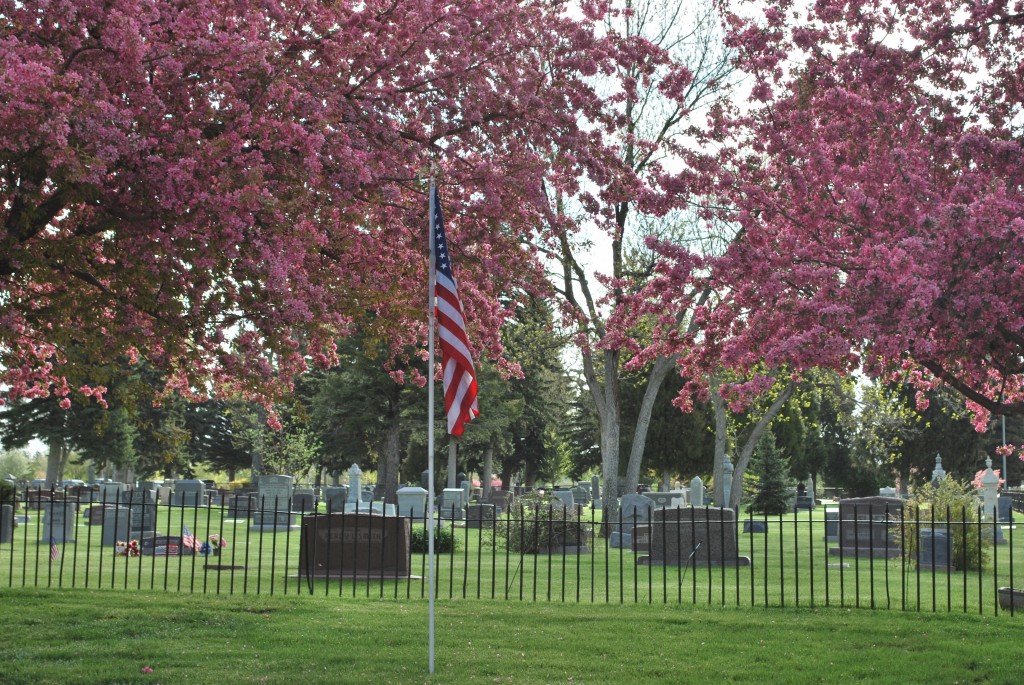
The Cheyenne, Wyoming Cemetery offers a glimpse of history of the American West. Cowboys and Indians, literally.
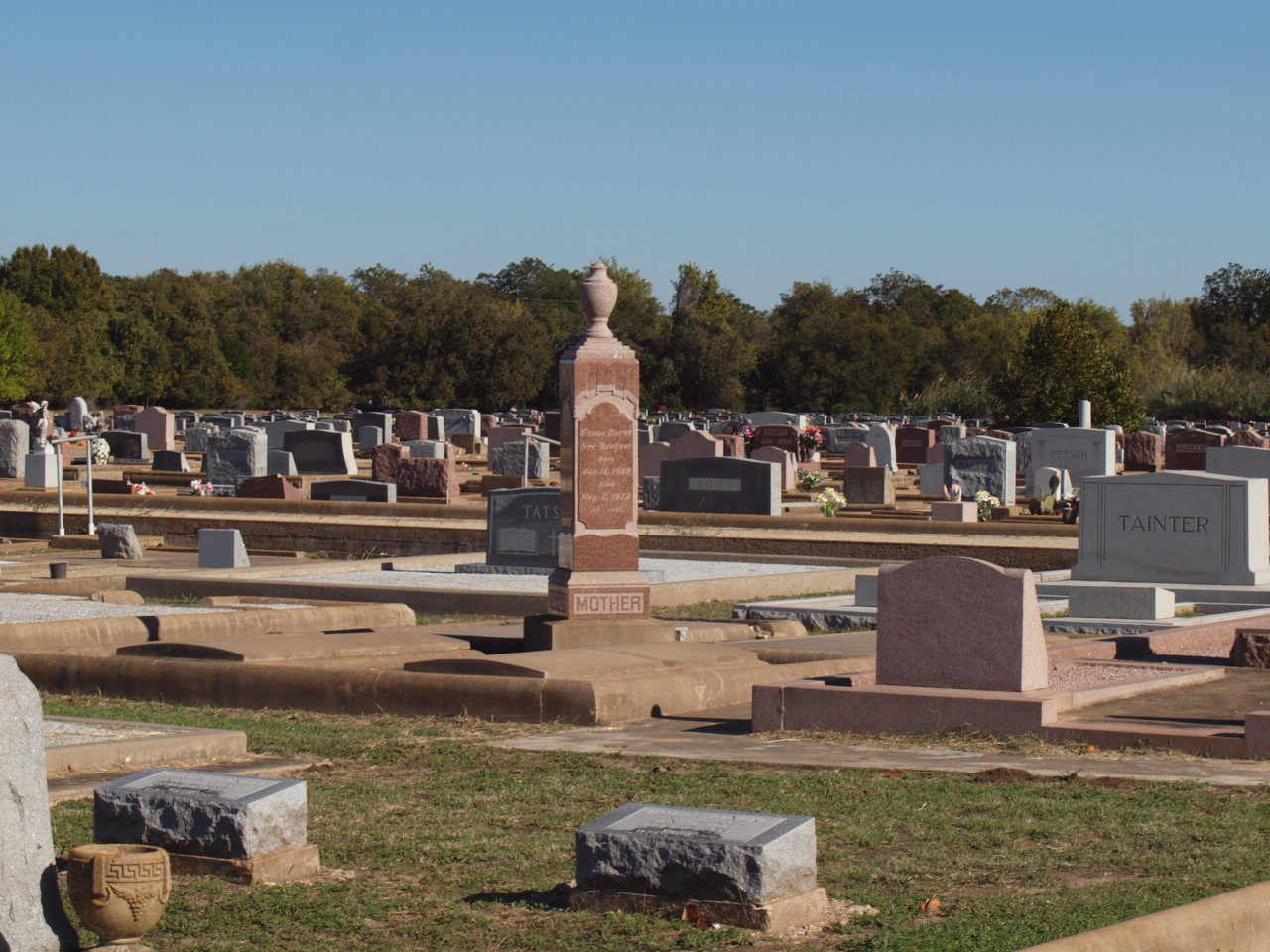
Town cemetery in Fredericksburg, Texas. The grave markers and headstones attest to the town’s German heritage.
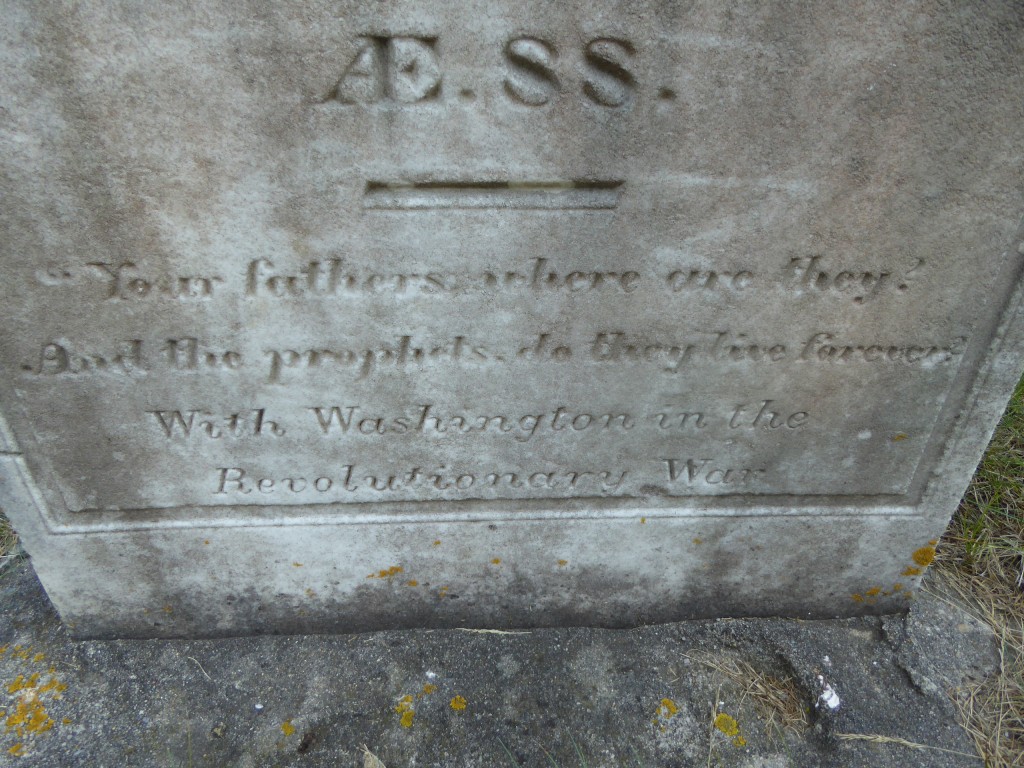
We discovered this headstone in a little cemetery behind an old white-steeple church in Cape Cod. As you can see if you look closely, the fellow served in the Revolutionary War with George Washington!
CEMETERY RECORDS AS A RESEARCH TOOL. In most of the United States, cemeteries are required by law to keep records regarding burial or cremations of individuals. Cemetery records usually contain the name of the deceased, the date of passing and the location of burial within the cemetery. Records are also typically required by the cemeteries themselves, as they need a means to insure that the same burial plots are not used more than once. In some cemetery records, the exact index of the grave-site and in some cases even a map may be available. Often there is also information about the burial itself, the making of the headstone and the specific text that was requested. The text is valuable as it often indicates the existence of relatives or information on the decedent. Getting a chance to examine the records in the little roadside New England cemeteries is a challenge, however, because there is never an office or in most cases even a phone number. If you were writing a book about local history and wanted to do some research in the cemetery records here, you’d have to make inquiry of the folks in the neighborhood in order to learn about where the records are kept. In church cemeteries, of course, the task would presumably be easier.
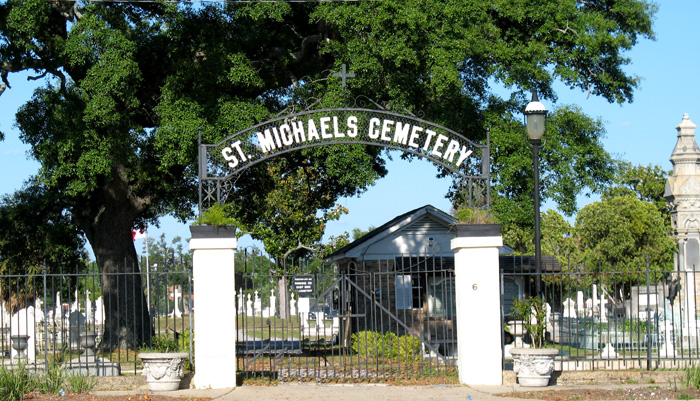
Located in Pensacola, Florida where we spent so much time during the first months of 2016. Our friend Jon was quite the tour guide. Ouch…spelling error on the sign!
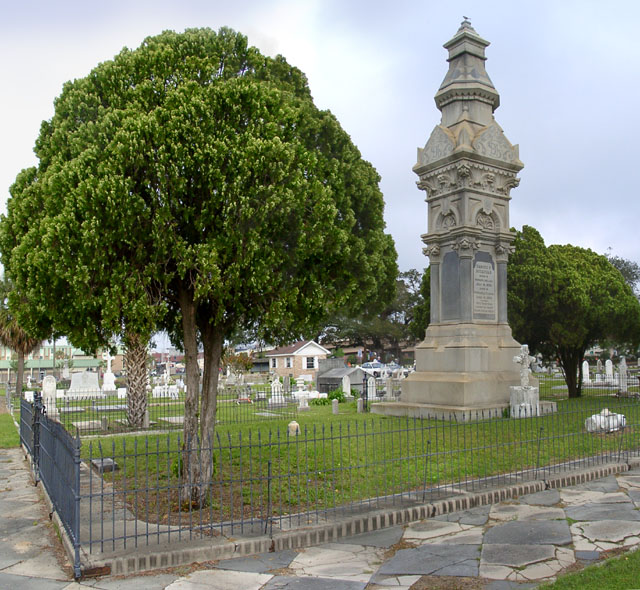
St. Michael’s Cemetery is now surrounded by the town of Pensacola.
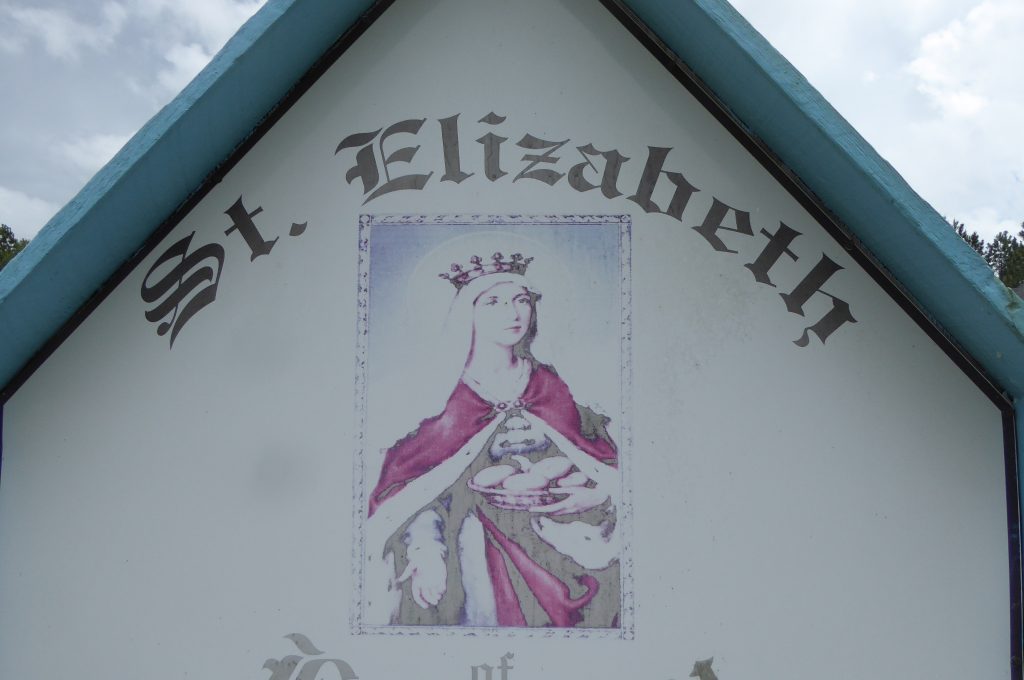
St. Elizabeth Hungarian Catholic Church is way out in the country…at least 1/2 hour drive from St. Michael’s Cemetery.
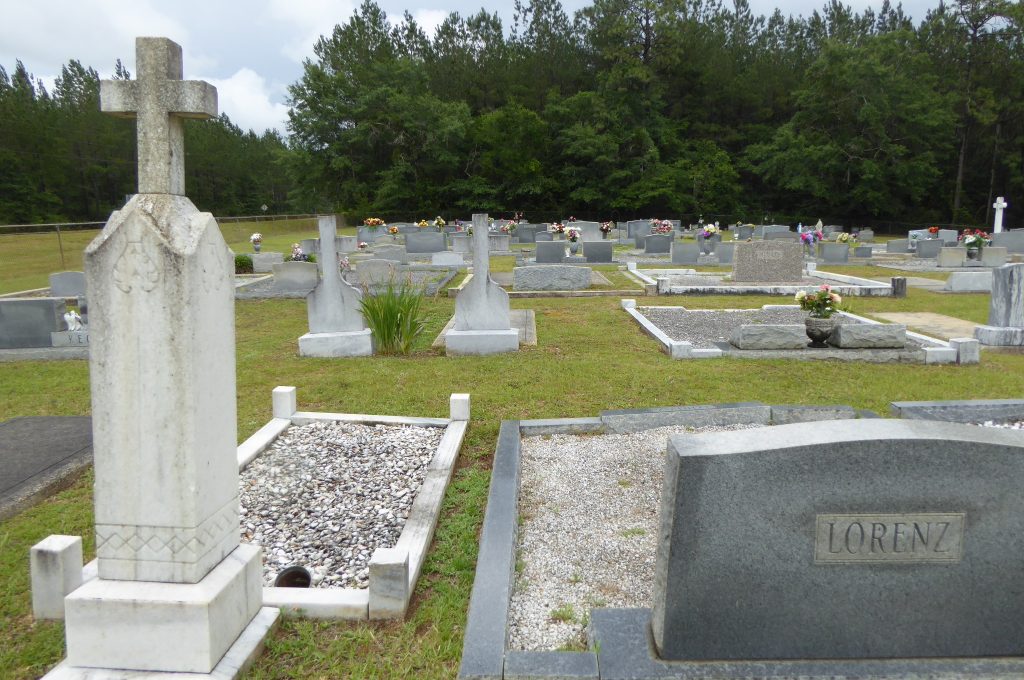
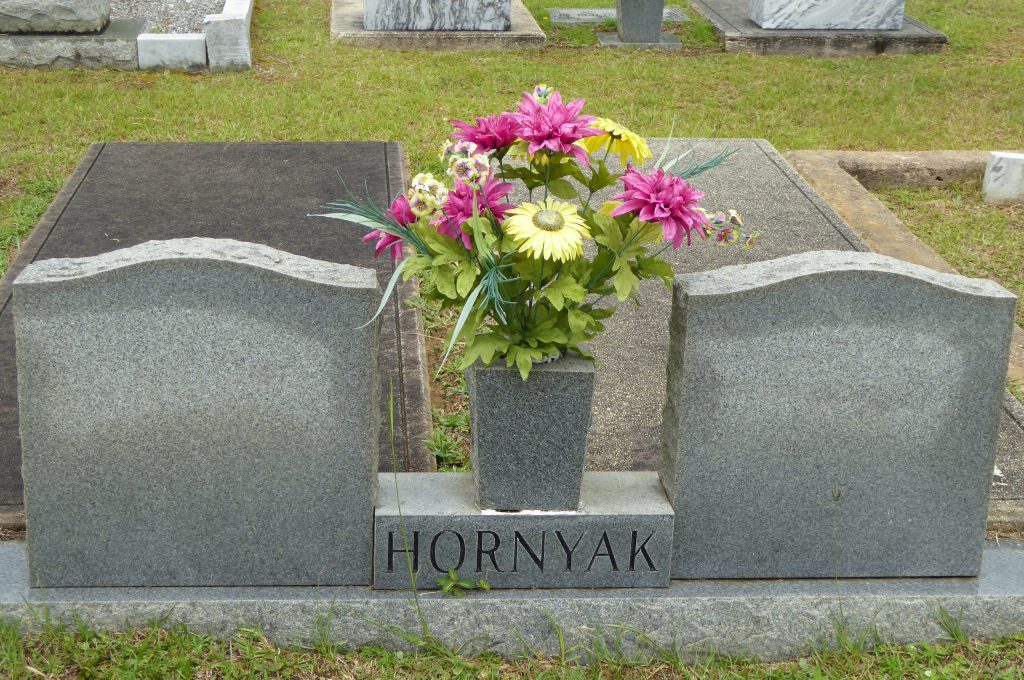
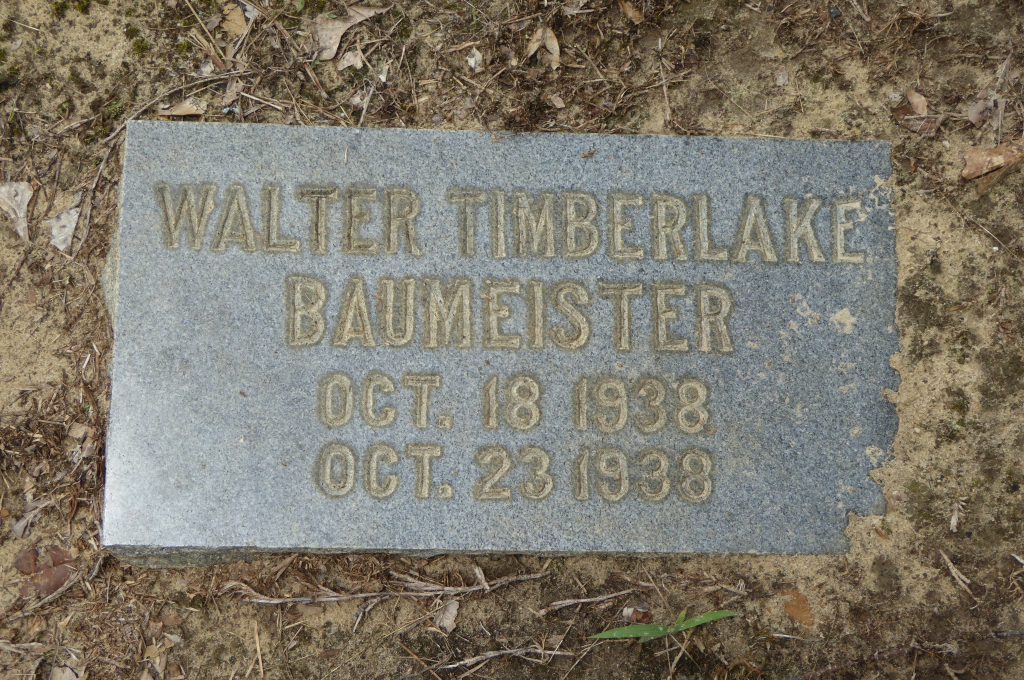
Here’s a perfect of example of how gravestones are often “history written in stone.” Infant mortality was rampant in the early 1900’s in this tiny community. Walter died in infancy at age five. Why were there so many premature births here? Was it a disease spreading through the area? Poor sanitation or other public health issues? When I see a headstone like this, I have these kinds of questions. And if I have an interest in the area, I’ll keep digging for answers. It’s almost like visiting an outdoor library.


